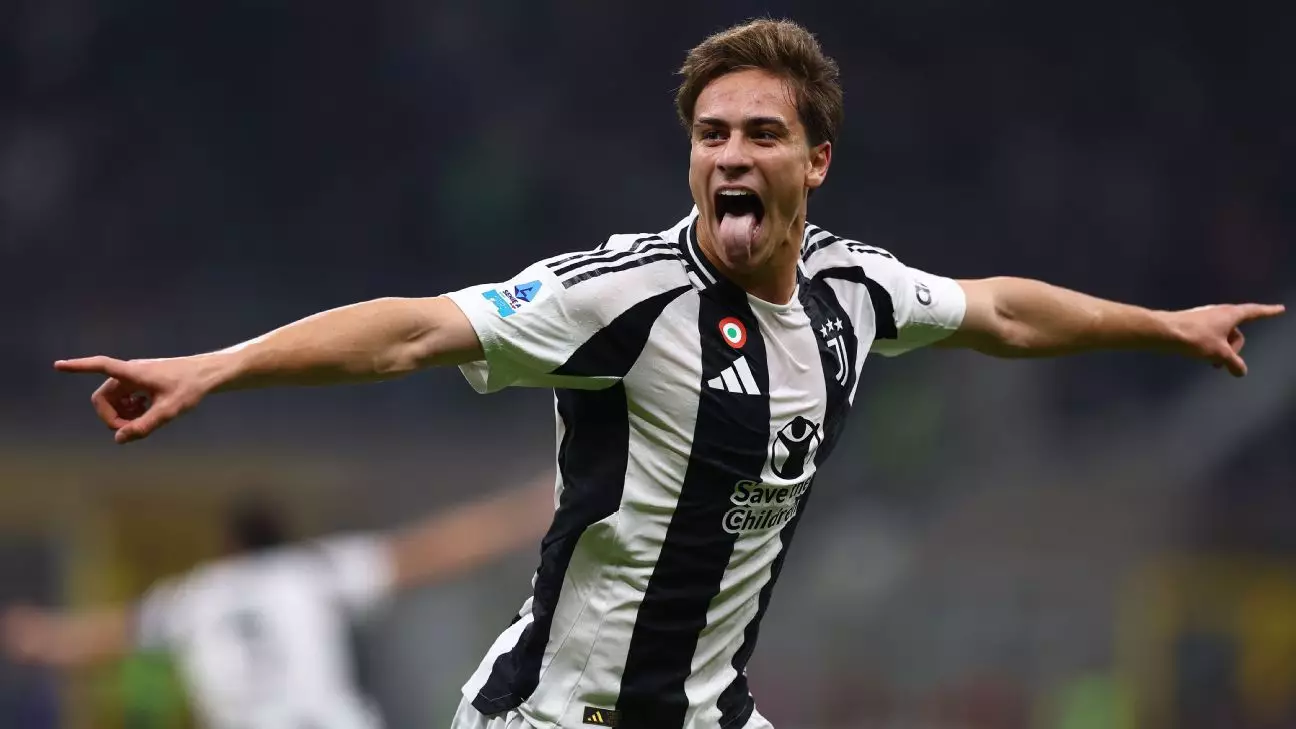As the winter transfer window approaches, speculation begins to swirl around potential moves, fostering enthusiasm among fans and stakeholders alike. Major clubs, particularly Real Madrid and Manchester United, are poised to reshape their squads for the upcoming season. With these teams evaluating their needs, the landscape is ripe for significant player movement that could redefine their prospects.
Real Madrid has set its sights on bolstering its right-back position, reportedly considering a transfer for Diogo Dalot from Manchester United. Meanwhile, the Red Devils are not sitting idly by. They are actively pursuing young talents such as Viktor Gyökeres and Kenan Yıldız, indicating a strategic recruitment drive aimed at fortifying their squad depth and talent base.
Real Madrid, known for its ambitious mindset, often operates with an eye on both immediate impact and long-term strategy. The club currently faces uncertainty regarding its right-back options. Dani Carvajal, who has been an instrumental figure in the backline, is nearing the end of his contract and is also struggling with injuries. The prospect of securing Dalot for a reported £50 million poses questions about the club’s transfer philosophy.
Critics of this potential acquisition argue that Dalot’s versatility—capable of playing on both flanks—does not fit the immediate requirements for a starting right-back who can consistently challenge for a first-team spot. Moreover, recent trends in the market suggest that clubs are wary of overpaying for full-backs, particularly when only a few have commanded such hefty fees in recent years. This price tag raises eyebrows, especially in a market that prioritizes proven talent capable of making a significant immediate impact.
On the flip side, Manchester United’s reported interest in rising stars like Kenan Yıldız highlights a shift in strategy towards nurturing young talent. The 19-year-old midfielder’s name has surfaced as one of their top targets. His current contract with Juventus until 2029 complicates potential negotiations, showcasing the difficulties United might face as they aim to bolster their squad.
Additionally, Gyökeres, a player who has recently gained attention for his performances at Sporting CP, is reportedly on United’s radar, with potential plans to invest significantly in his services. This dual approach of targeting promising youth while securing established talent may be indicative of a longer-term vision for the club, addressing both immediate needs and future competitiveness.
The transfer market is not limited to established players. The potential arrival of Tijjani Reijnders from AC Milan to clubs like Manchester City, Chelsea, and Tottenham Hotspur illustrates how competitive the current environment has become. Reijnders has impressed in recent matches, especially in high-stakes competitions like the UEFA Champions League, making him a hot commodity. His rumored new contract at Milan may set the stage for a summer bidding war, escalating a trend where clubs increasingly invest in younger, dynamic talents rather than relying solely on experienced veterans.
Moreover, clubs like Eintracht Frankfurt are seeing interest in midfield prodigy Hugo Larsson, who has made a name for himself in the Bundesliga. The fact that major clubs, including Real Madrid and Manchester United, are monitoring his progress speaks volumes about the demand for young talent that can contribute to team successes while ensuring financial prudency.
Despite the frenzy of speculation, clubs must navigate the challenges posed by the current economic climate, balancing financial constraints with the desire for immediate competitiveness. For instance, Manchester United’s substantial investment in potential signings like Yıldız and Gyökeres must be weighed against the implications of maintaining a sustainable wage structure, especially given the club’s historical missteps in the transfer market.
Moreover, as contract negotiations and extensions are common strategy tools, as seen with players like Tijjani Reijnders at AC Milan and Tomas Araujo at Benfica, clubs are increasingly looking to ensure they can keep their valued assets while exploring the potential for profitable sales.
As the January transfer window approaches, the excitement surrounding potential moves acts as a reminder of the fluidity and unpredictability of professional football. Clubs like Real Madrid and Manchester United are evaluating their situations, understanding that each decision can significantly impact their trajectories in an intensely competitive environment. The landscape is one of opportunity and uncertainty, where astute management of both current assets and potential signings could pave the way for future success or failure. Ultimately, the next few months will be critical as these institutions make potentially game-changing decisions within the bustling world of football transfers.

